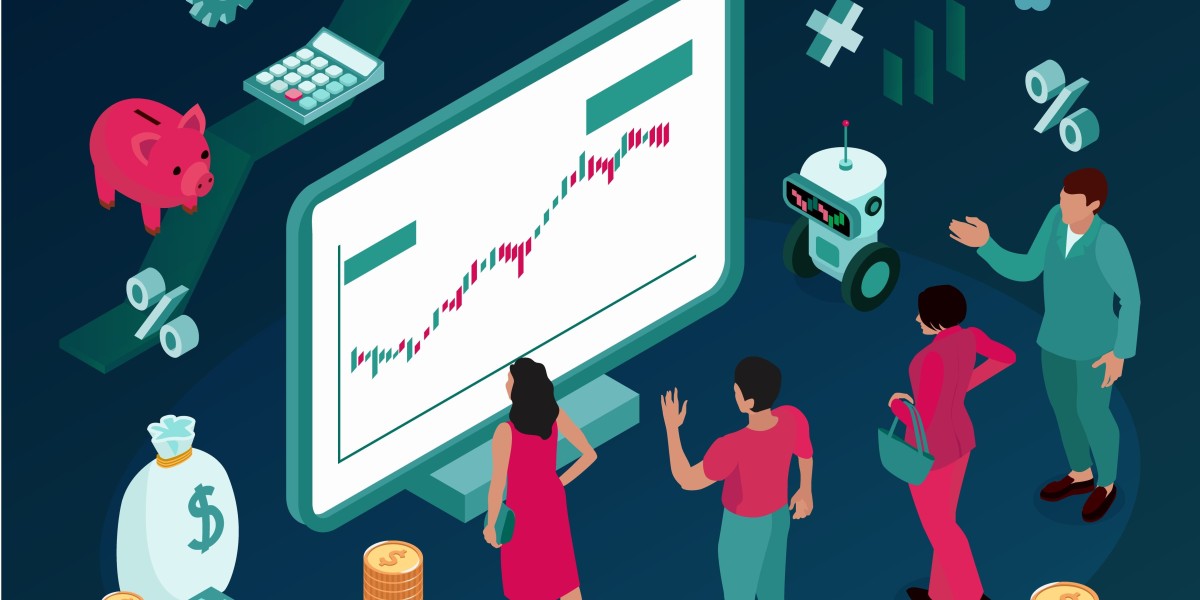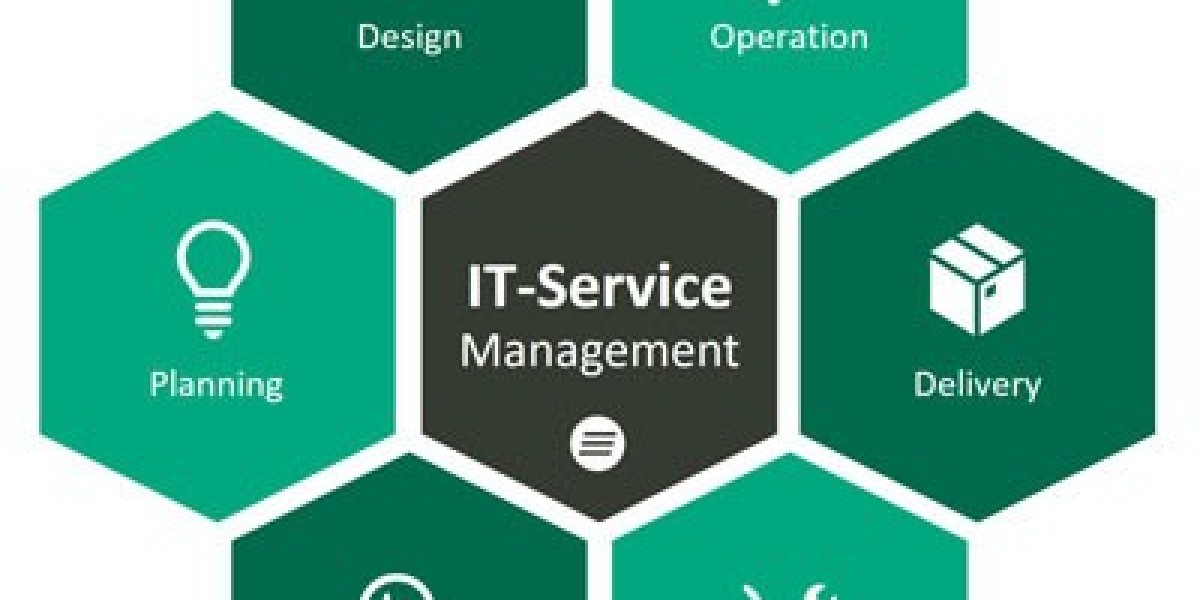The world of commodity trading has always been dynamic and complex, influenced by a multitude of factors ranging from economic indicators to geopolitical events. In recent years, the advent of artificial intelligence (AI) has revolutionized this landscape, bringing unprecedented precision and efficiency to trading practices. PriceVision, a leading platform in commodity trading analytics, leverages the power of AI to transform how traders and investors approach the market. This blog explores how AI is transforming commodity trading with PriceVision, highlighting the methodologies, advantages, and real-world applications of AI-driven trading.
The Role of AI in Commodity Trading
AI encompasses a range of technologies, including machine learning, neural networks, and natural language processing, which are capable of analyzing vast amounts of data and identifying patterns that humans might miss. In commodity trading, AI helps in predicting price movements, optimizing trading strategies, and managing risks more effectively.
Data Collection and Integration
Market Data
PriceVision collects real-time market data from global exchanges, including current and historical prices, trading volumes, and market sentiment. This data forms the foundation of its predictive models, offering essential insights into market trends and behaviors.
Economic Indicators
Economic indicators such as GDP growth, inflation rates, interest rates, and employment statistics play a crucial role in influencing commodity prices. PriceVision integrates these indicators to provide a comprehensive analysis of the factors driving market movements.
Supply and Demand Dynamics
Data on production levels, inventory stocks, and consumption patterns are essential for predicting price movements. PriceVision analyzes these supply and demand dynamics to gauge the balance between availability and need, directly impacting prices.
Geopolitical Events
Geopolitical factors, including political stability, trade policies, and international relations, significantly influence commodity prices. PriceVision continuously monitors these events and incorporates their potential impact into its predictive models.
Technological Advancements
Technological innovations in production and logistics can affect both supply and demand. PriceVision considers these advancements to ensure its predictions account for the latest industry developments.
Machine Learning Models Utilized by PriceVision
PriceVision employs several advanced machine learning models to analyze the integrated data and provide accurate predictions.
Regression Analysis
Regression analysis helps identify relationships between variables. PriceVision uses linear and non-linear regression models to analyze how different factors, such as economic indicators and supply-demand dynamics, affect commodity prices.
Time Series Analysis
Time series analysis involves analyzing sequential data points to identify patterns and trends over time. Techniques like ARIMA (AutoRegressive Integrated Moving Average) and LSTM (Long Short-Term Memory) networks are used by PriceVision to analyze historical prices and forecast future movements.
Neural Networks
Neural networks, a type of deep learning model, process large volumes of data to identify complex patterns and correlations. PriceVision uses neural networks to analyze market data, economic indicators, and other relevant factors, capturing non-linear relationships and interactions between variables.
Support Vector Machines (SVM)
Support Vector Machines (SVM) are used for both classification and regression tasks. In the context of commodity price predictions, SVM models help classify market conditions and predict price movements based on various input features.
Random Forest
Random Forest is an ensemble learning method that combines multiple decision trees to improve prediction accuracy. PriceVision employs Random Forest models to analyze complex datasets and generate reliable price forecasts.
Real-time Data Processing and Continuous Learning
Real-time Data Integration
PriceVision’s infrastructure is designed for real-time data processing, ensuring that predictions are based on the most current information available. This capability is crucial in the fast-paced world of commodity trading, where market conditions can change rapidly.
Continuous Model Training and Improvement
PriceVision’s machine learning models are continuously trained and improved. New data is constantly fed into the models, allowing them to learn and adapt to changing market conditions. This continuous improvement ensures that the predictions remain accurate over time.
Expert Insights and Model Validation
Combining Machine Intelligence with Human Expertise
While machine learning models play a significant role in PriceVision’s predictive framework, human expertise is equally important. Market analysts and industry experts review the predictions generated by the models to ensure they align with real-world conditions. This combination of machine intelligence and human insight adds an extra layer of accuracy and reliability.
Model Validation and Testing
Before deploying predictive models, PriceVision rigorously tests and validates them to ensure their accuracy and robustness. This process involves backtesting the models on historical data, comparing their predictions with actual outcomes, and refining the models based on the results.
Advantages of AI in Commodity Trading
Enhanced Decision-Making
Data-Driven Insights
AI provides traders and investors with data-driven insights, enabling them to make well-informed decisions. By understanding the factors driving commodity prices, users can implement strategies that reduce risks and maximize opportunities.
Predictive Accuracy
The advanced machine learning models used by PriceVision offer high predictive accuracy, helping traders anticipate market movements and react accordingly. This predictive accuracy is crucial for achieving better financial outcomes in commodity trading.
Effective Risk Management
Identifying Potential Risks
AI helps in identifying potential risks by analyzing various market factors and predicting adverse price movements. This capability allows traders to take appropriate measures to hedge against these risks and protect their investments.
Volatility Management
PriceVision’s AI models are designed to handle market volatility effectively. By continuously integrating real-time data and adapting to rapid market changes, PriceVision provides accurate predictions even during periods of high volatility.
Competitive Edge
Staying Ahead of Trends
Utilizing AI-driven predictive capabilities gives traders and businesses a competitive edge in the market. By staying ahead of market trends and capitalizing on opportunities, they can make informed decisions that others might miss.
Optimizing Trading Strategies
AI helps in optimizing trading strategies by providing insights into market conditions and potential price movements. This optimization leads to more efficient trading practices and improved financial outcomes.
Cost Efficiency
Reducing Financial Losses
By minimizing financial losses through accurate predictions and effective risk management, AI helps reduce costs associated with trading and investment activities. Traders can allocate resources more efficiently and achieve better financial results.
Improving Operational Efficiency
AI-driven automation and data analysis improve operational efficiency by streamlining the decision-making process and reducing the time required for market analysis. This efficiency allows traders to focus on strategic planning and execution.
Real-World Applications and Success Stories
Accurate Predictions During Market Volatility
PriceVision has demonstrated its effectiveness in predicting commodity price movements during periods of market volatility. For example, during the economic uncertainties of recent years, PriceVision’s models successfully forecasted price trends, helping traders navigate the volatile market effectively.
Enhancing Trading Strategies
Traders and investors have used PriceVision’s insights to optimize their trading strategies and achieve better financial outcomes. The ability to anticipate price movements has given users of PriceVision a competitive advantage, allowing them to make more informed decisions and capitalize on market opportunities.
Conclusion
PriceVision is at the forefront of leveraging AI to transform commodity trading. By integrating real-time market data, economic indicators, supply and demand dynamics, geopolitical events, and advanced machine learning models, PriceVision provides traders and investors with the tools they need to navigate the complex and dynamic commodity market. With its continuous data integration, expert validation, and commitment to innovation, PriceVision ensures that its users have access to the most current and reliable information. As the market continues to evolve, PriceVision’s commitment to excellence ensures it remains a leader in predictive accuracy, helping stakeholders make informed decisions and achieve their financial goals.
FAQs
1. What types of data does PriceVision use to enhance commodity trading with AI?
PriceVision uses a comprehensive range of data to enhance commodity trading with AI. This includes real-time market data from global exchanges, historical price trends, trading volumes, economic indicators (such as GDP growth, inflation rates, and interest rates), supply and demand dynamics, geopolitical events, and market sentiment from news and social media. By integrating these diverse data sources, PriceVision ensures accurate and holistic predictions.
2. Which AI and machine learning models are employed by PriceVision for commodity trading?
PriceVision employs several advanced AI and machine learning models to predict commodity prices and optimize trading strategies. These include regression analysis, time series analysis (like ARIMA and LSTM networks), neural networks, support vector machines (SVM), and random forest. Each model is designed to analyze different aspects of the data, providing comprehensive and reliable predictions.
3. How does real-time data processing improve the accuracy of PriceVision's commodity trading predictions?
Real-time data processing allows PriceVision to integrate the latest market information into its predictive models. This capability ensures that predictions reflect the most current market conditions, economic indicators, and geopolitical events. Continuous data updates help the models adapt to rapid changes in the market, leading to more accurate and timely predictions.
4. What role do expert insights play in complementing AI-driven predictions at PriceVision?
While AI-driven models form the core of PriceVision's predictive framework, human expertise is essential for validation and refinement. Market analysts and industry experts review the AI-generated predictions to ensure they align with real-world conditions and market realities. This combination of machine intelligence and human insight enhances the overall accuracy and reliability of the forecasts.
5. How does AI help in managing risks and enhancing decision-making in commodity trading on PriceVision?
AI helps manage risks and enhance decision-making by providing data-driven insights and accurate predictions of market movements. PriceVision's AI models identify potential risks, predict adverse price movements, and suggest appropriate measures to hedge against these risks. This capability allows traders to make well-informed decisions, optimize their trading strategies, and achieve better financial outcomes, even in volatile market conditions.
To Get Real-Time Price of Commodity Visit: https://pricevision.ai/
Source: https://bresdel.com/blogs/566377/How-Is-AI-Transforming-Commodity-Trading-with-PriceVision








